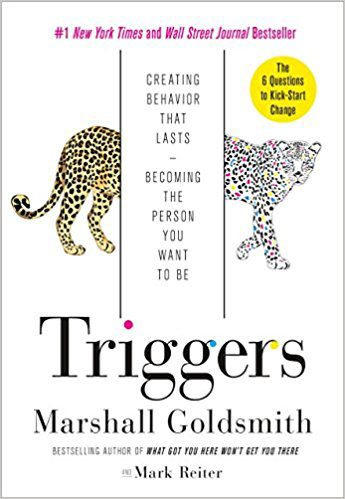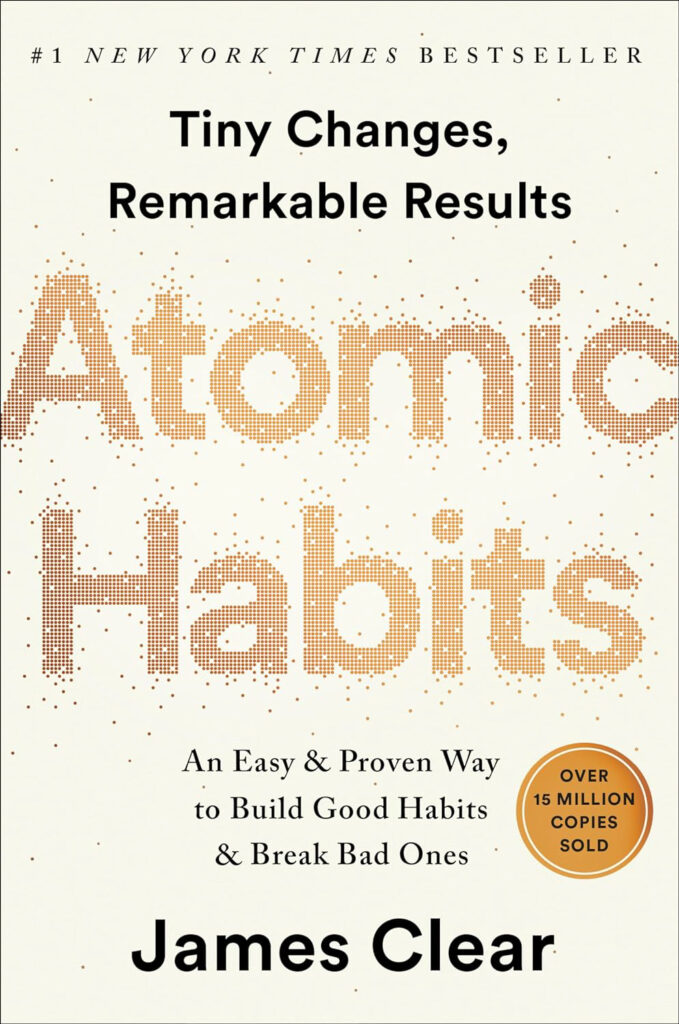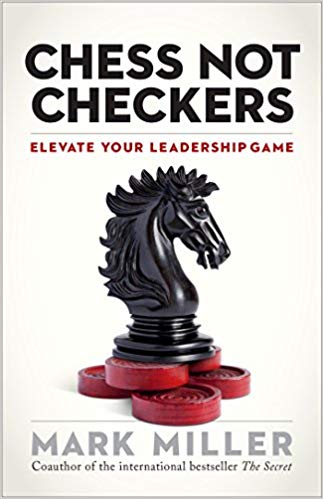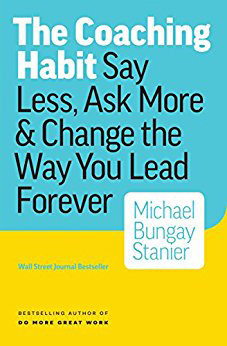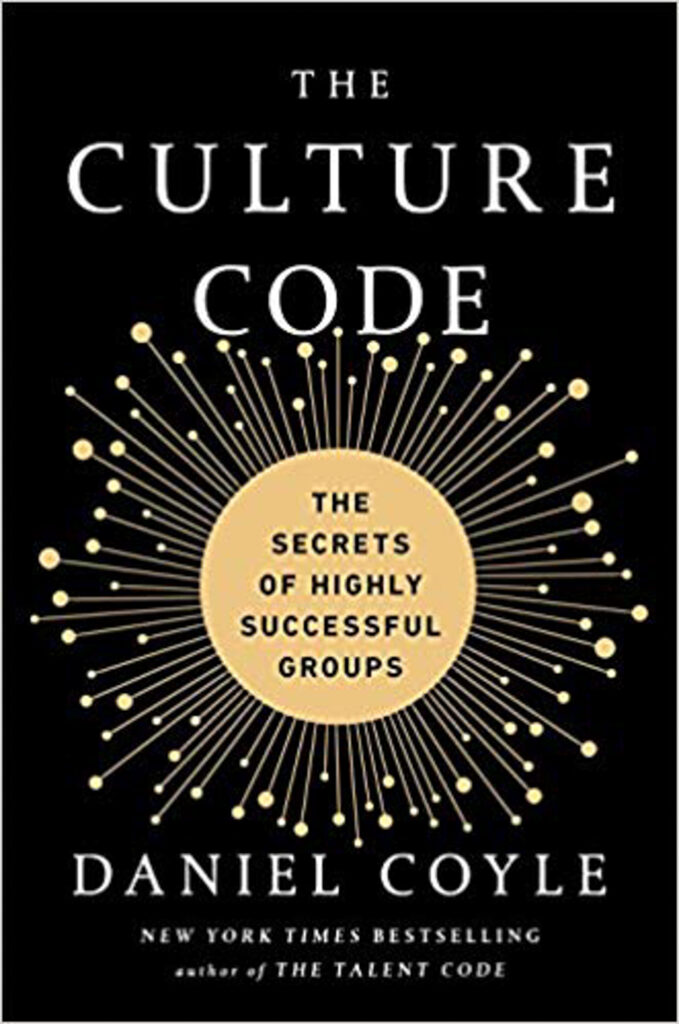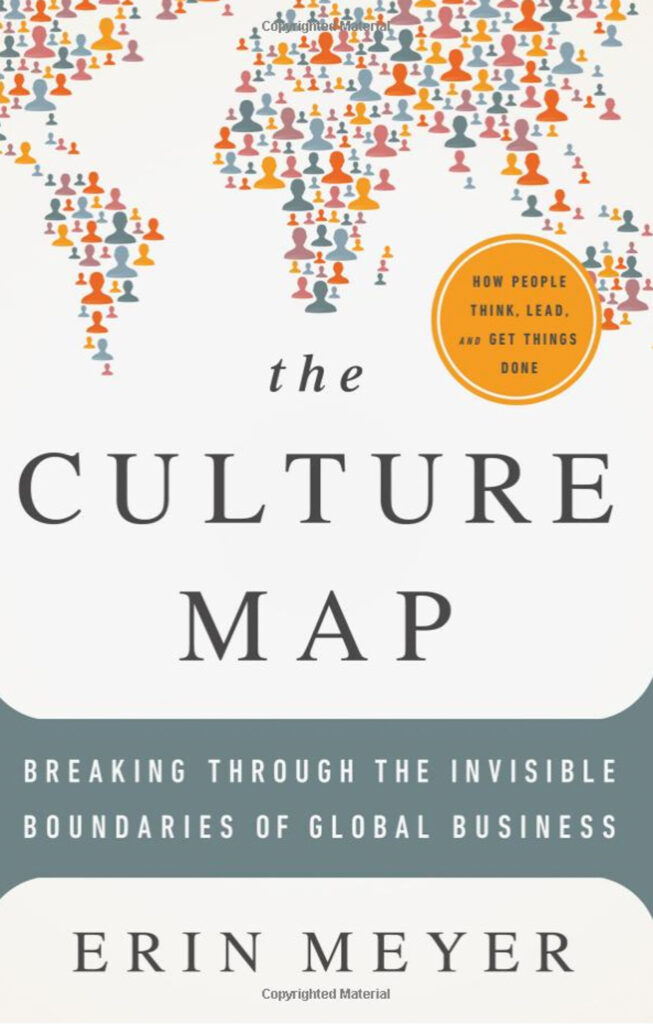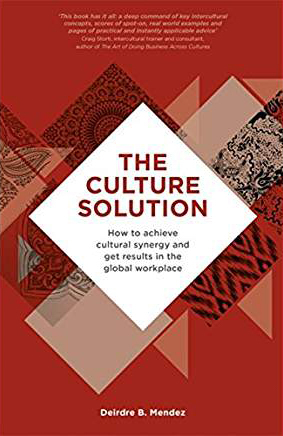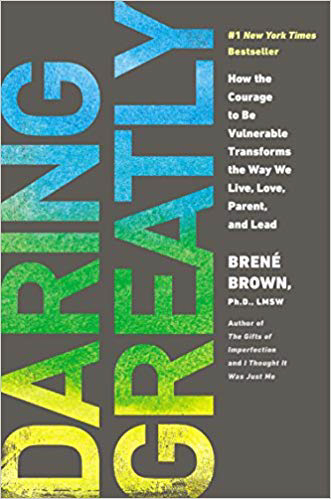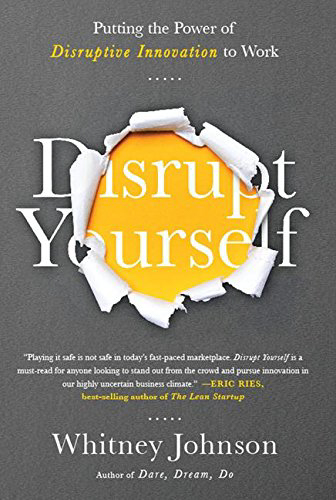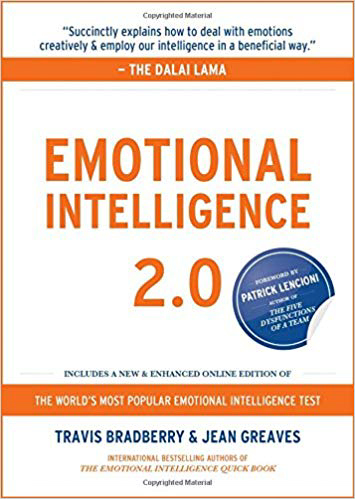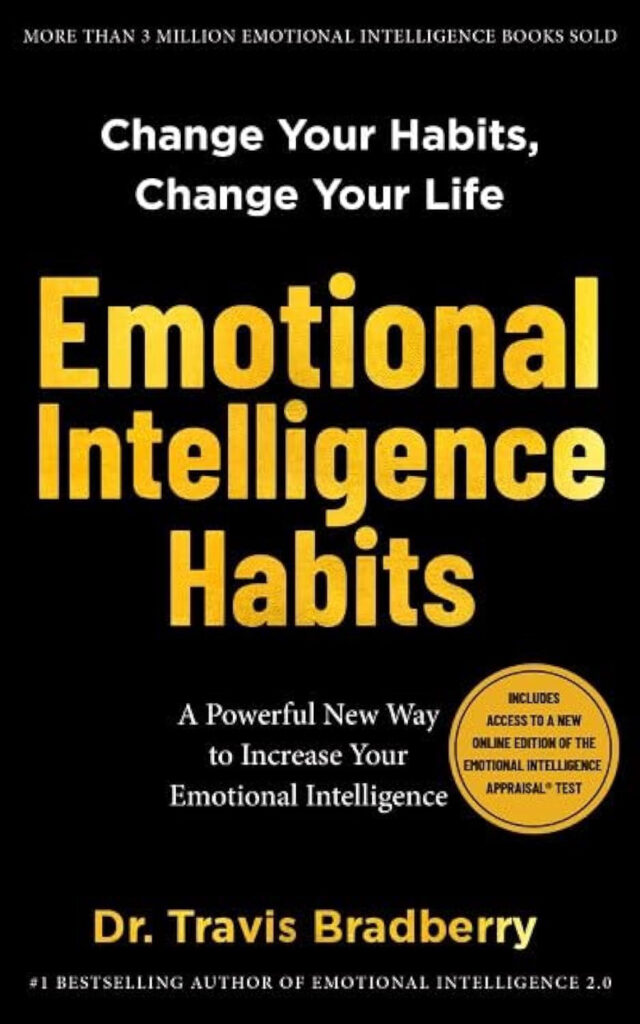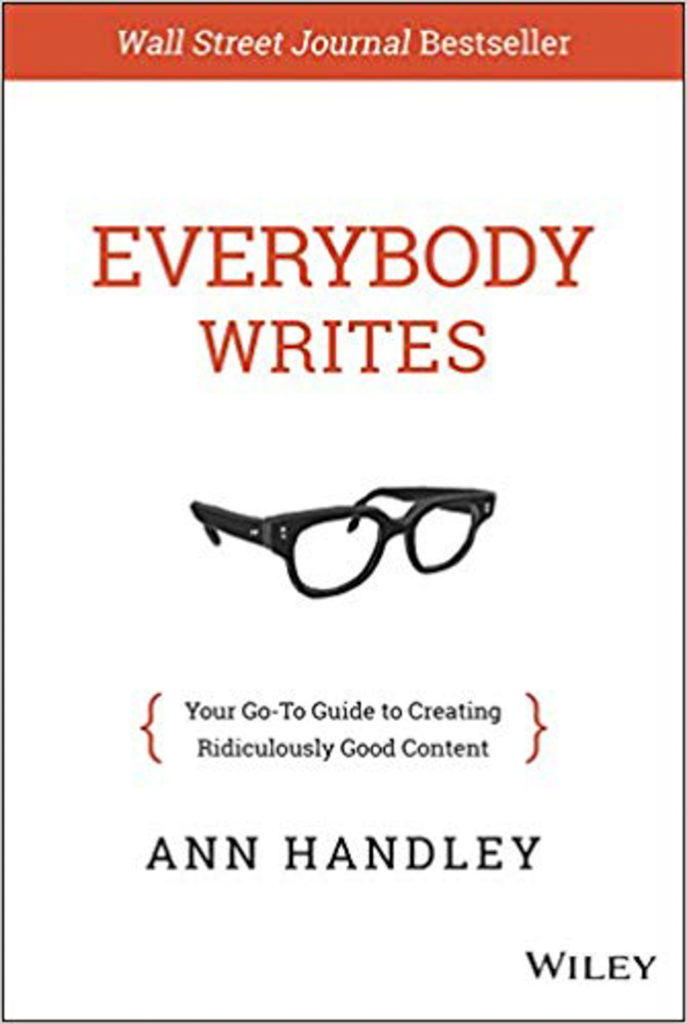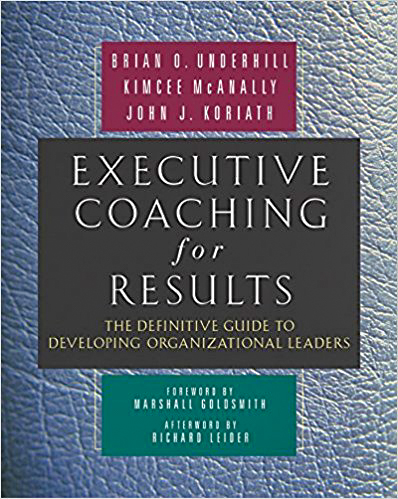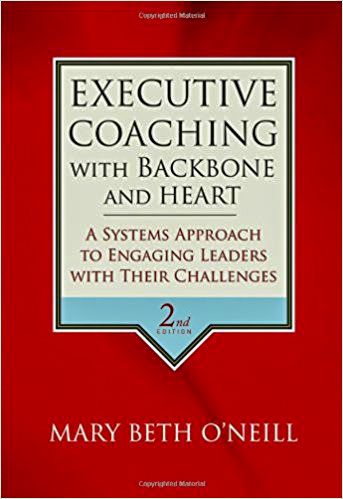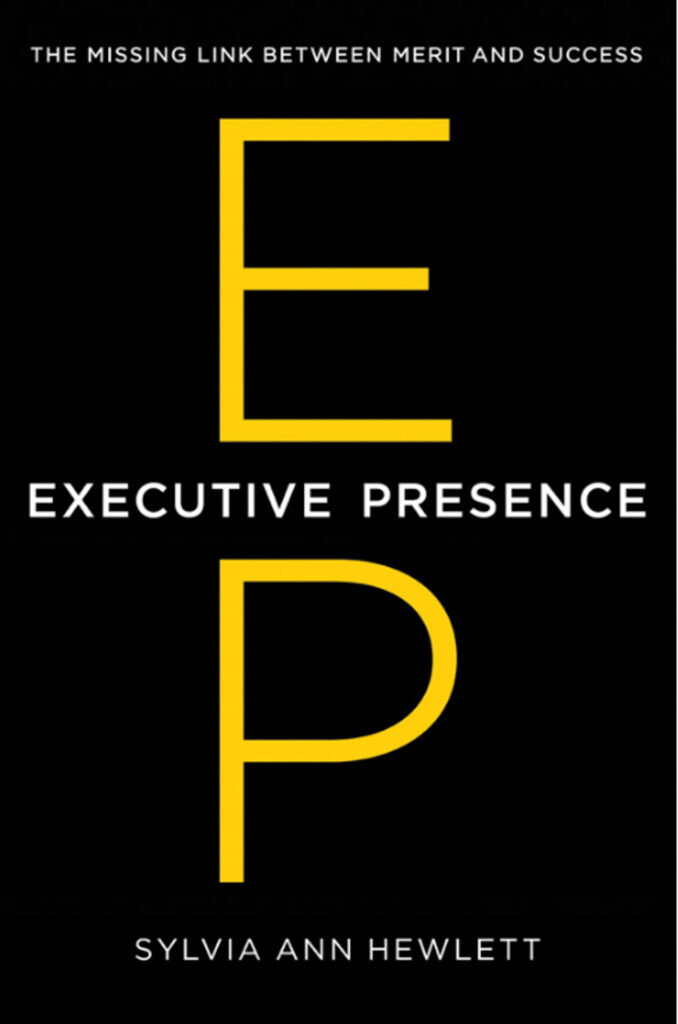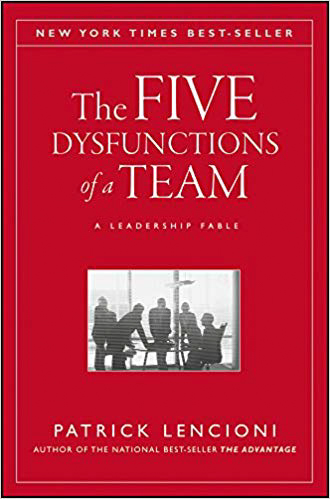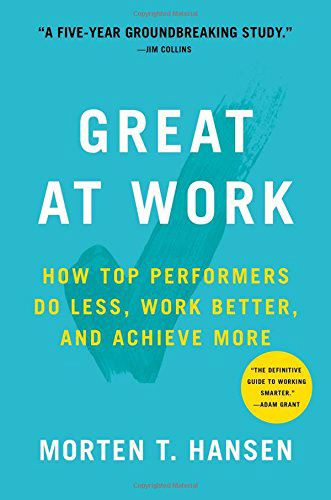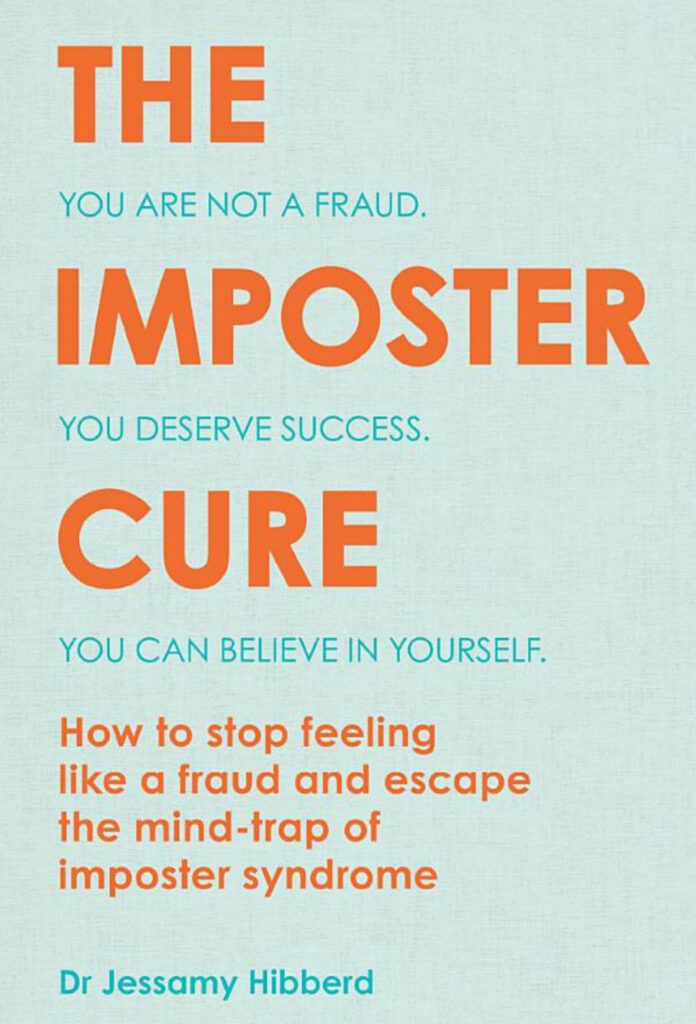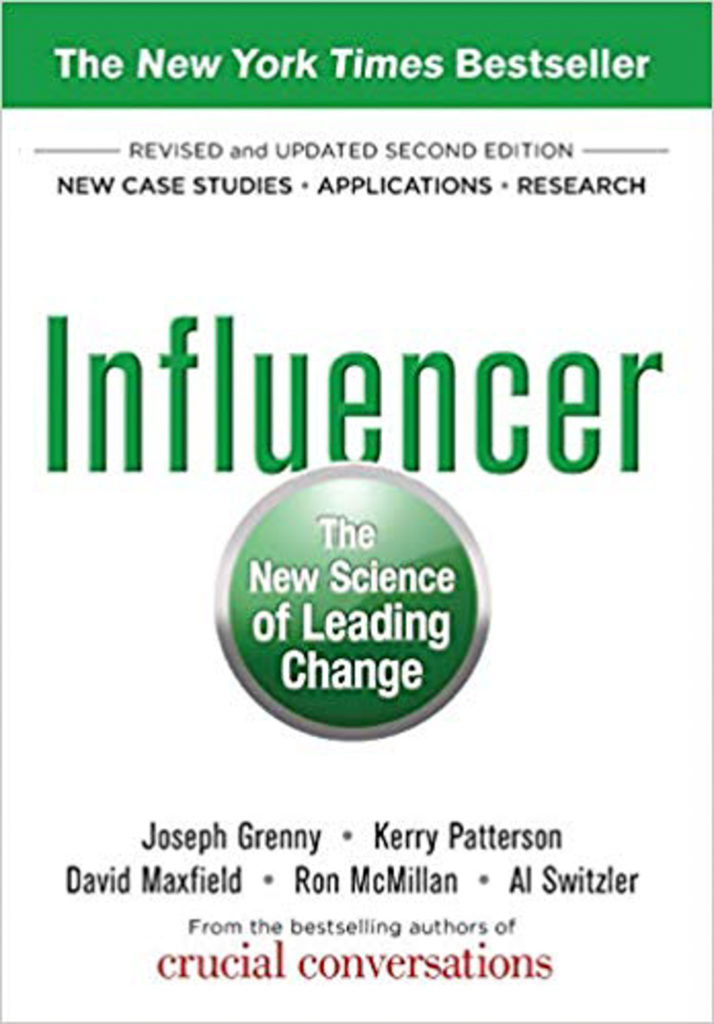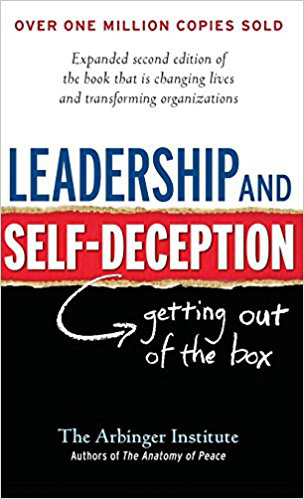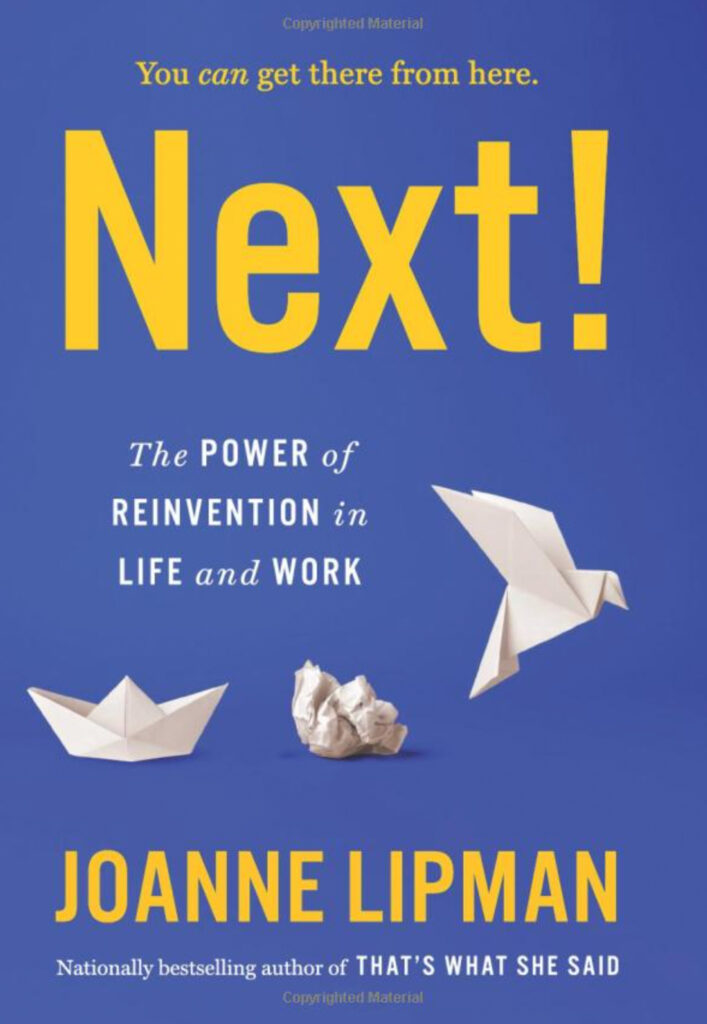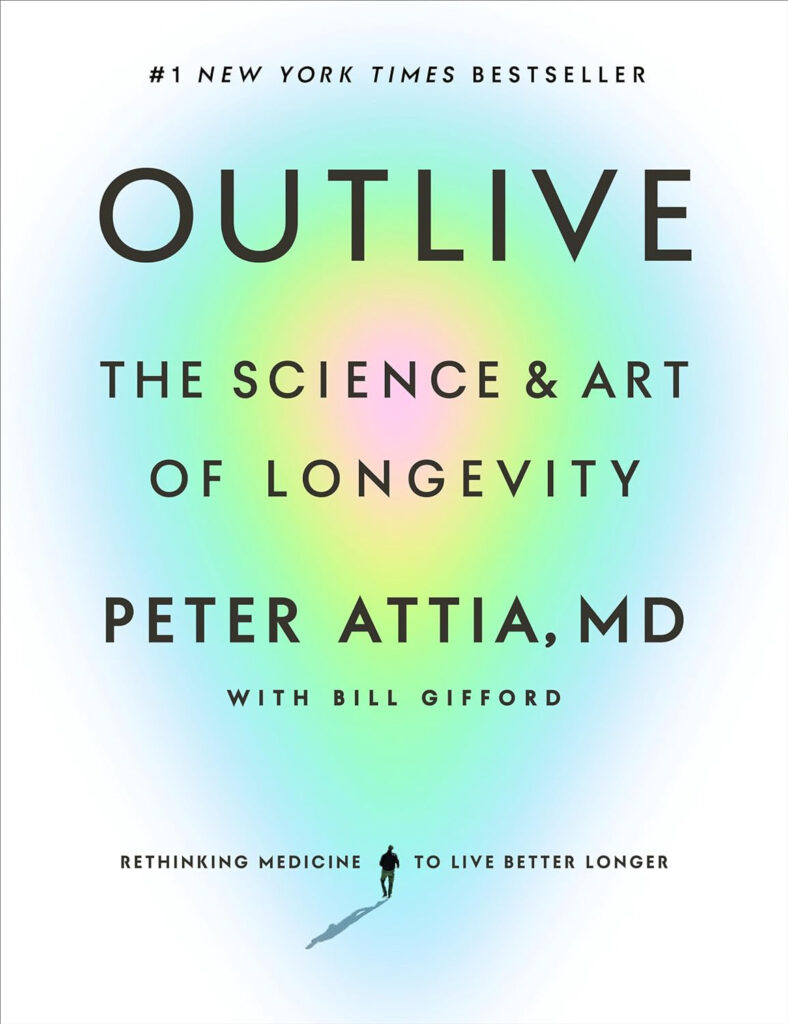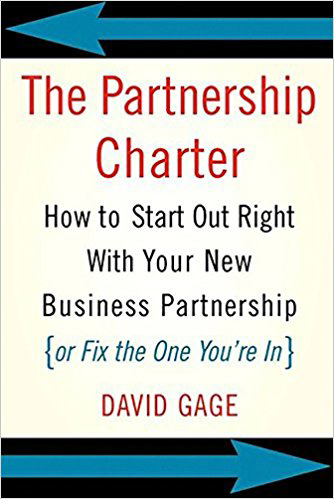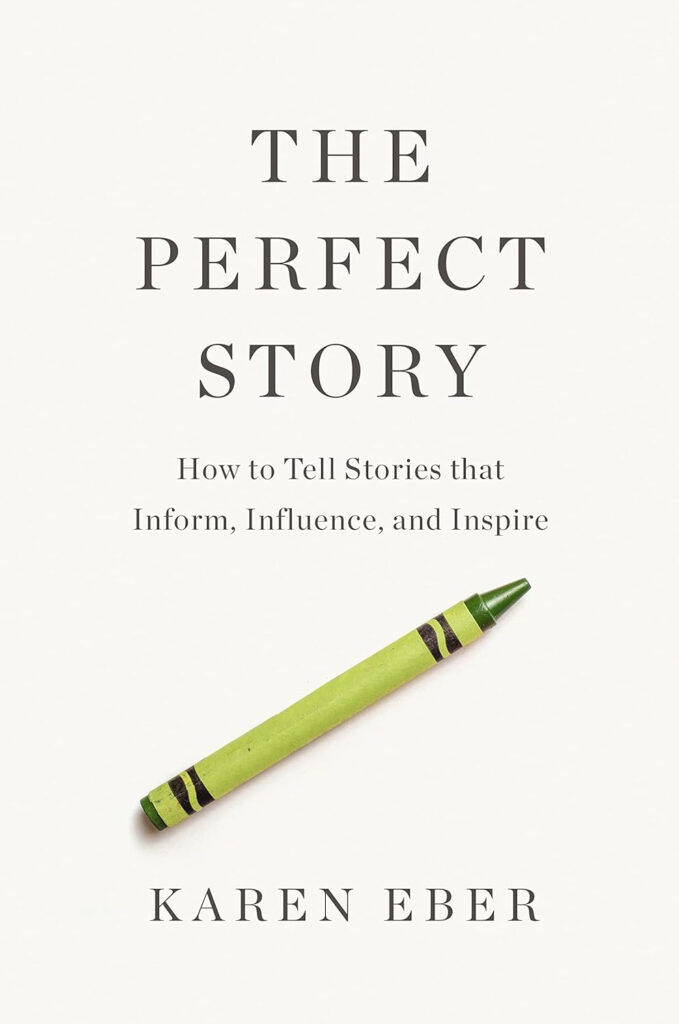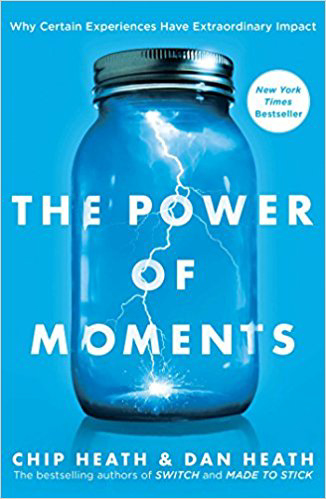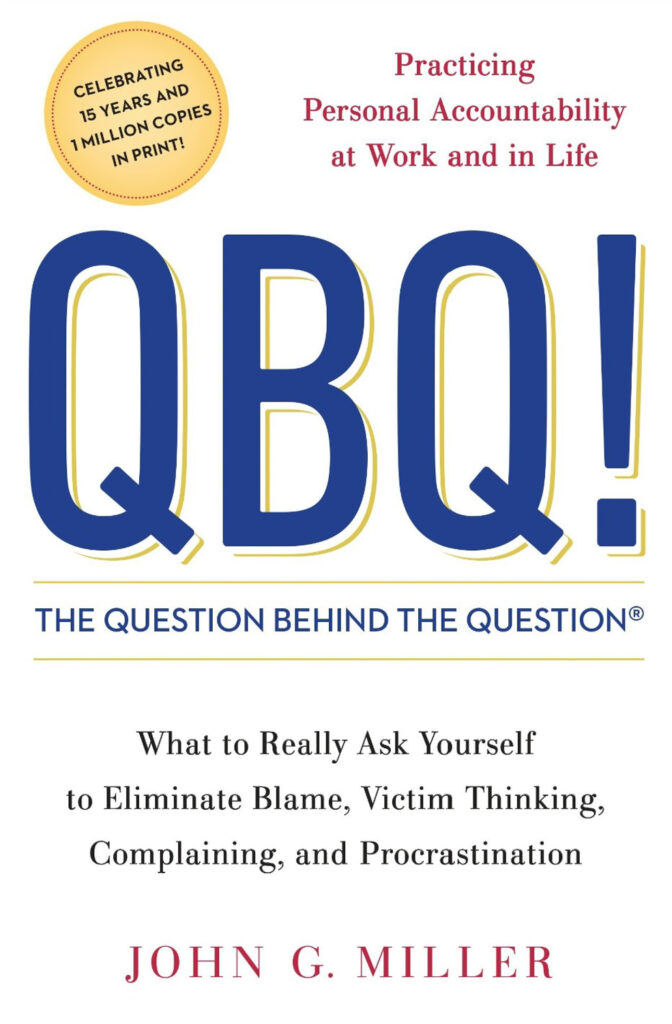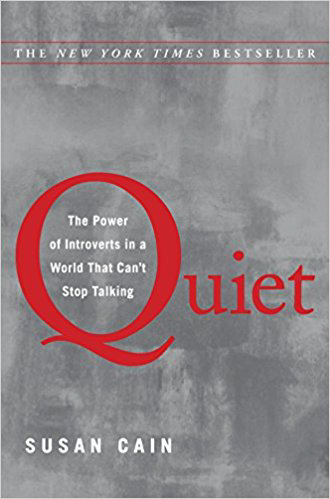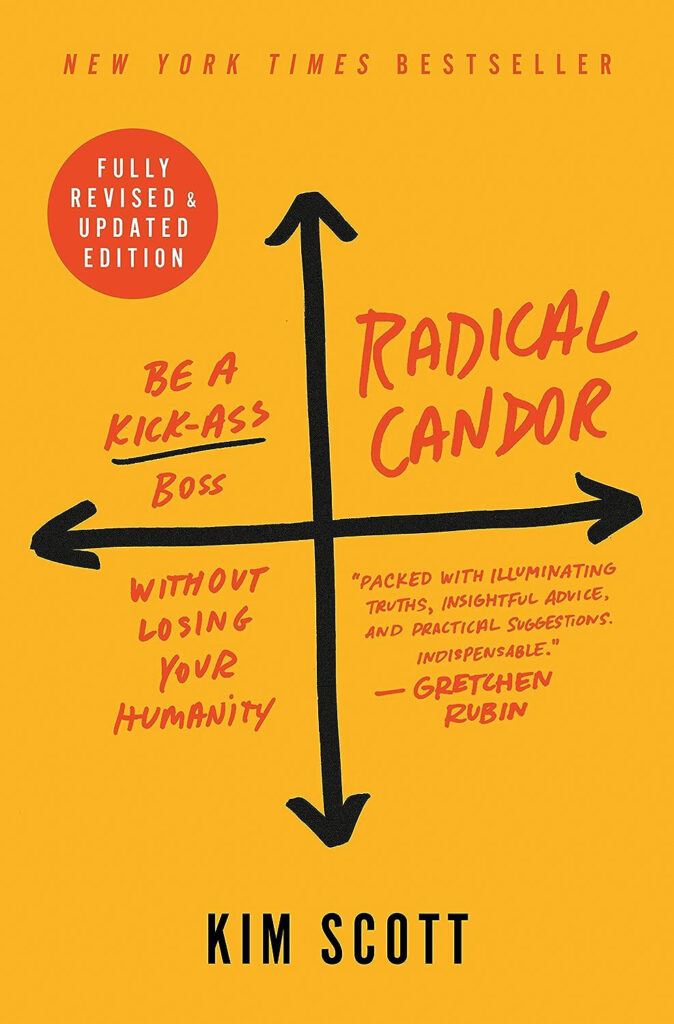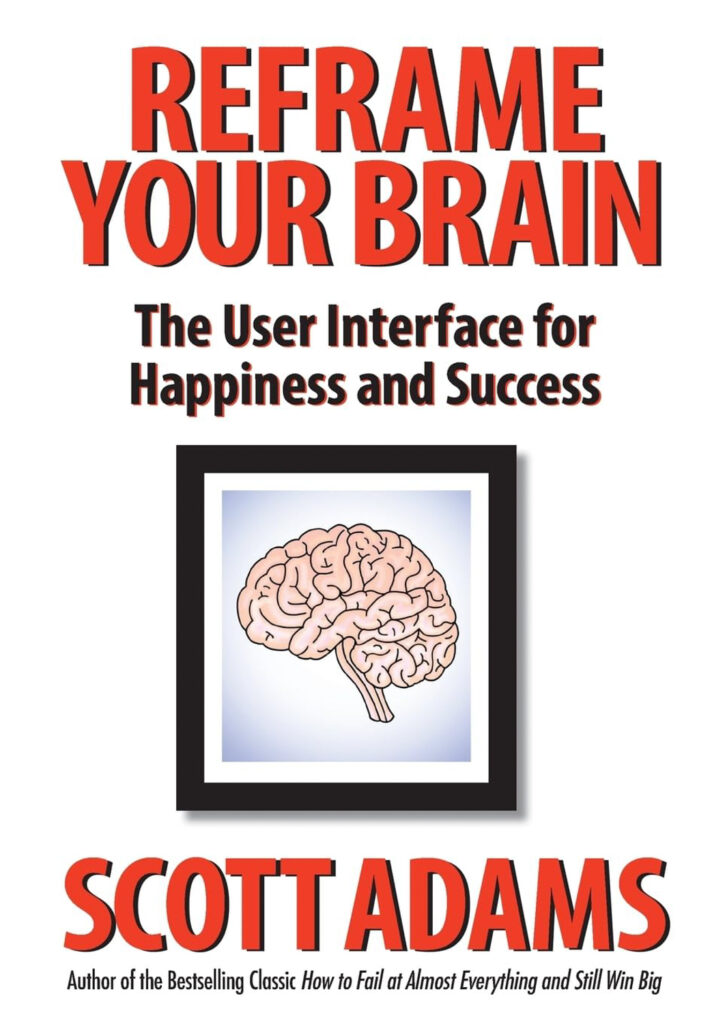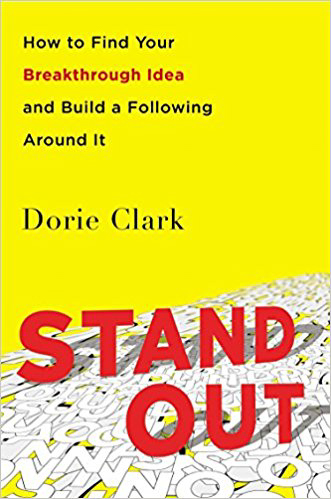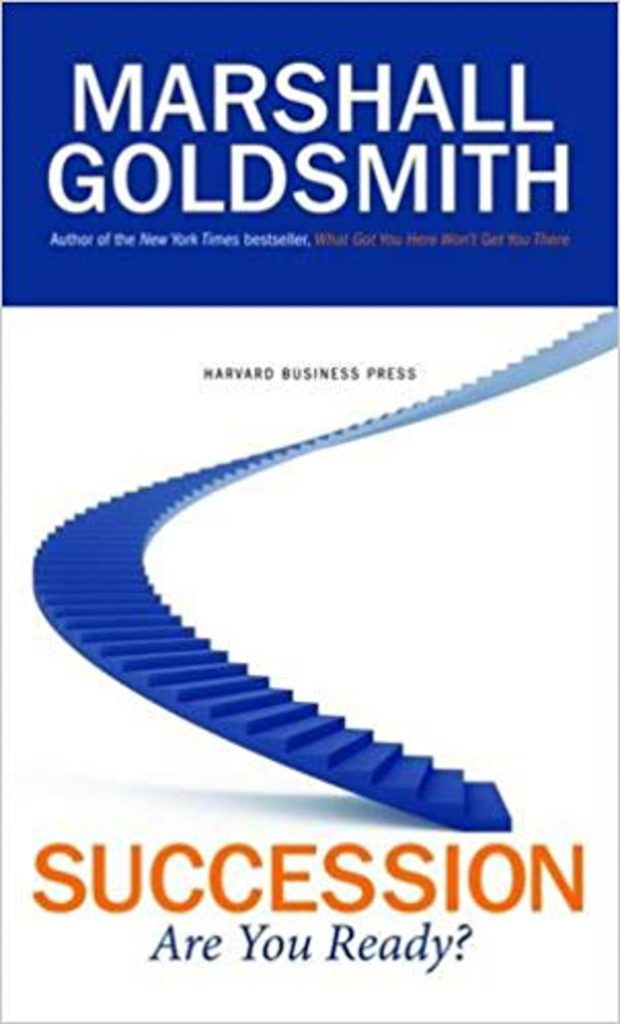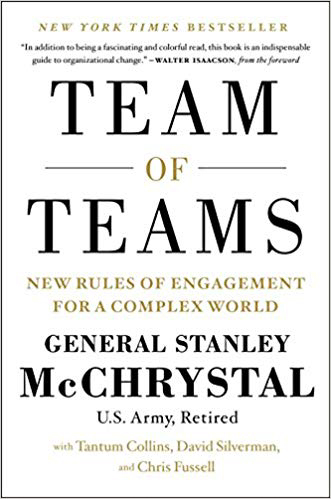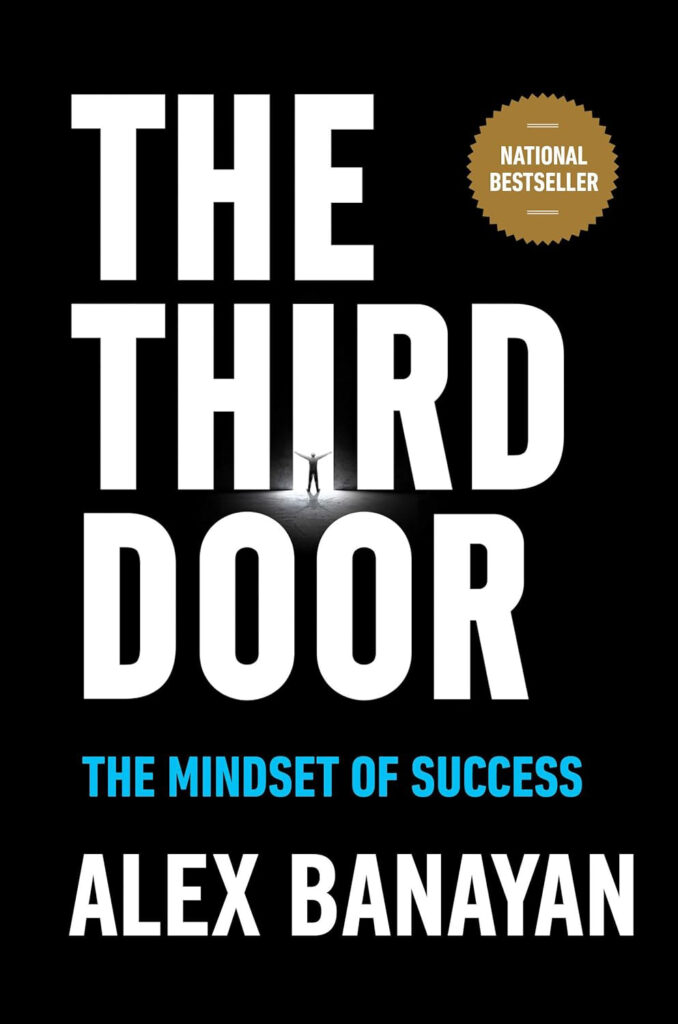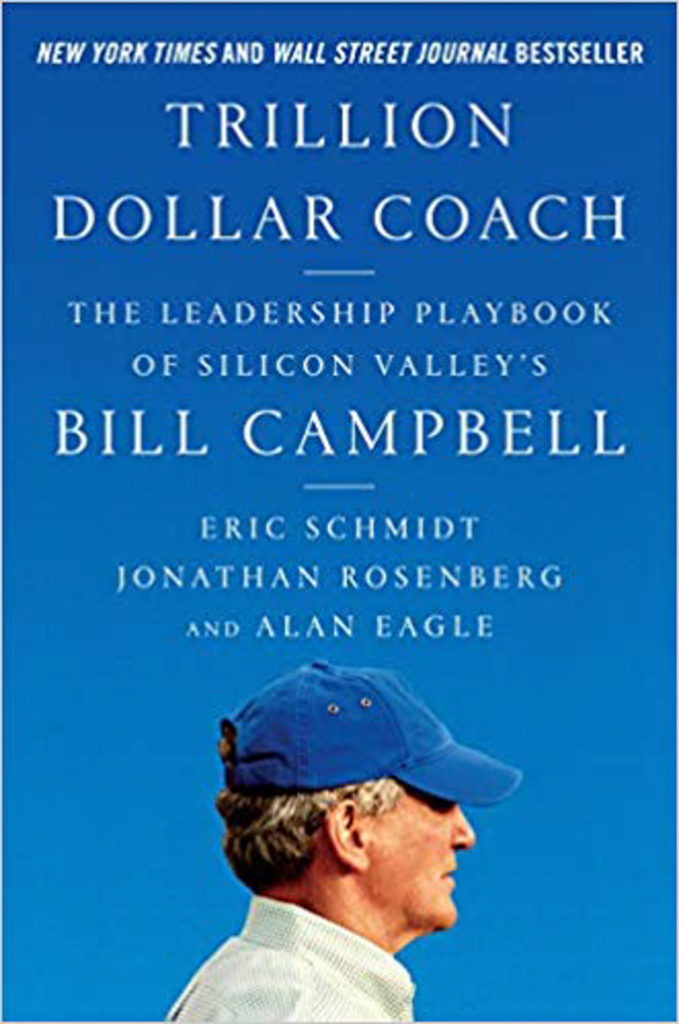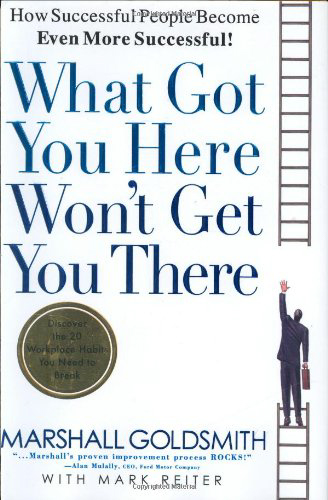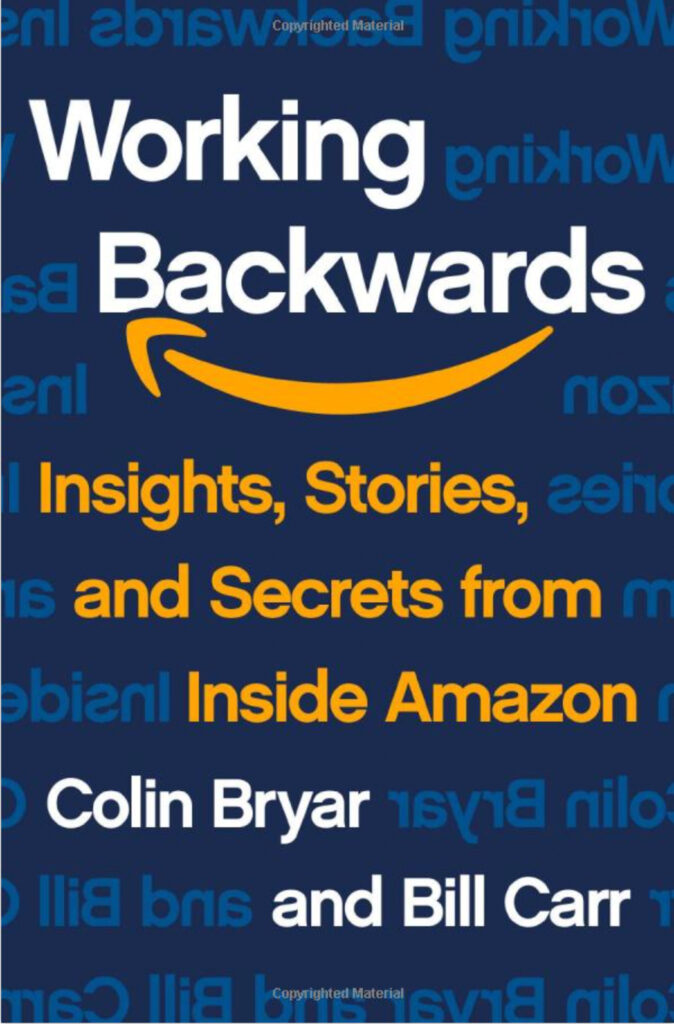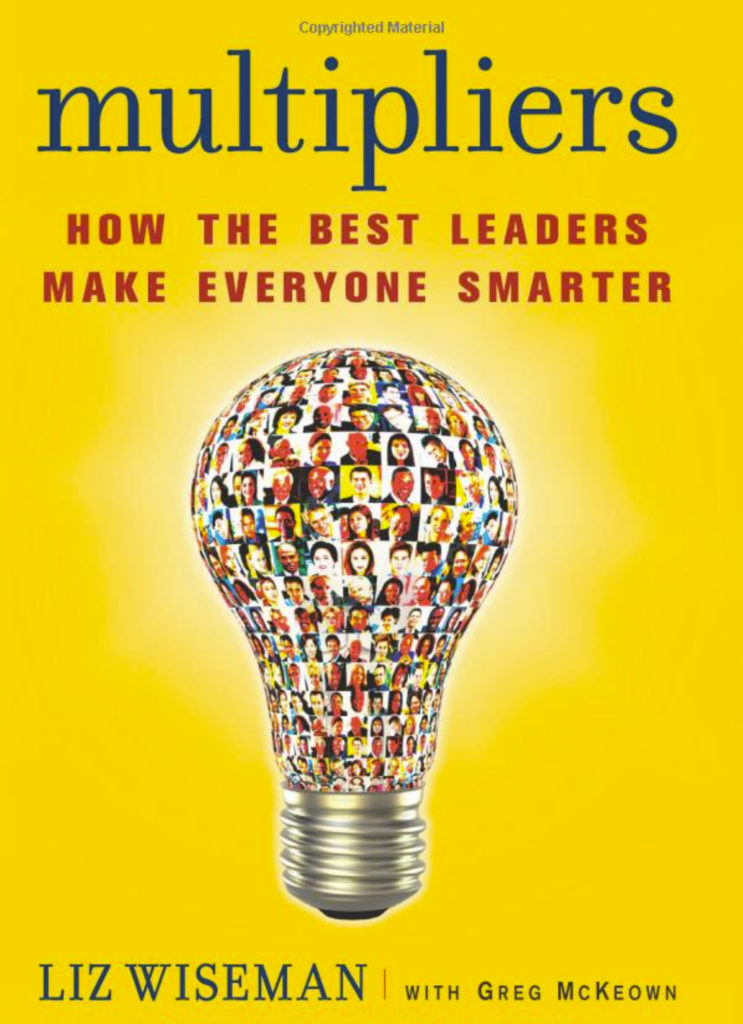
Multipliers: How the Best Leaders Make Everyone Smarter
We’ve all had experience with two dramatically different types of leaders. The first type drains intelligence, energy, and capability from the people around them and always needs to be the smartest person in the room. These are the idea killers, the energy sappers, the diminishers of talent and commitment. On the other side of the spectrum are leaders who use their intelligence to amplify the smarts and capabilities of the people around them. When these leaders walk into a room, light bulbs go off over people’s heads; ideas flow and problems get solved. These are the leaders who inspire employees to stretch themselves to deliver results that surpass expectations. These are the Multipliers. And the world needs more of them, especially now when leaders are expected to do more with less.
I purchased this book on a recommendation from one of my clients. I encounter many leaders who have achieved success through their own intellect and drive. They plateau their careers and realize they have not spent time teaching, mentoring, educating, and developing their team. Sharing their intellect and creating other genius is not part of their daily thinking. This book will help change how you view your role and responsibilities as a leader.

